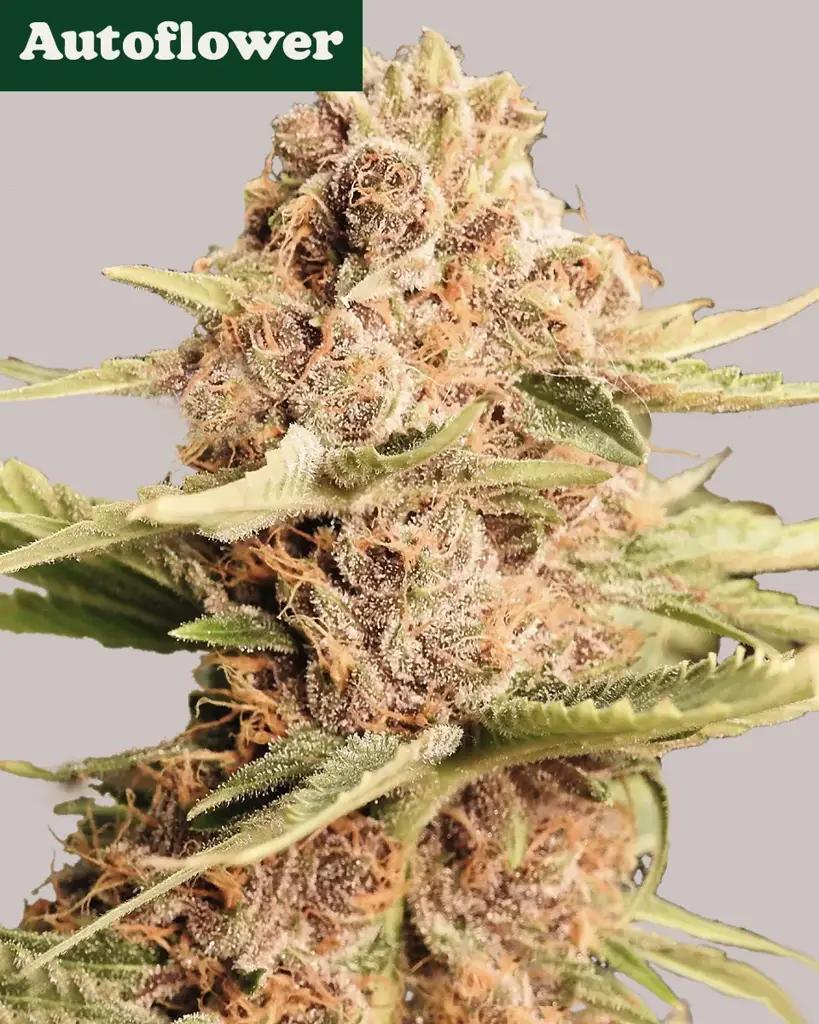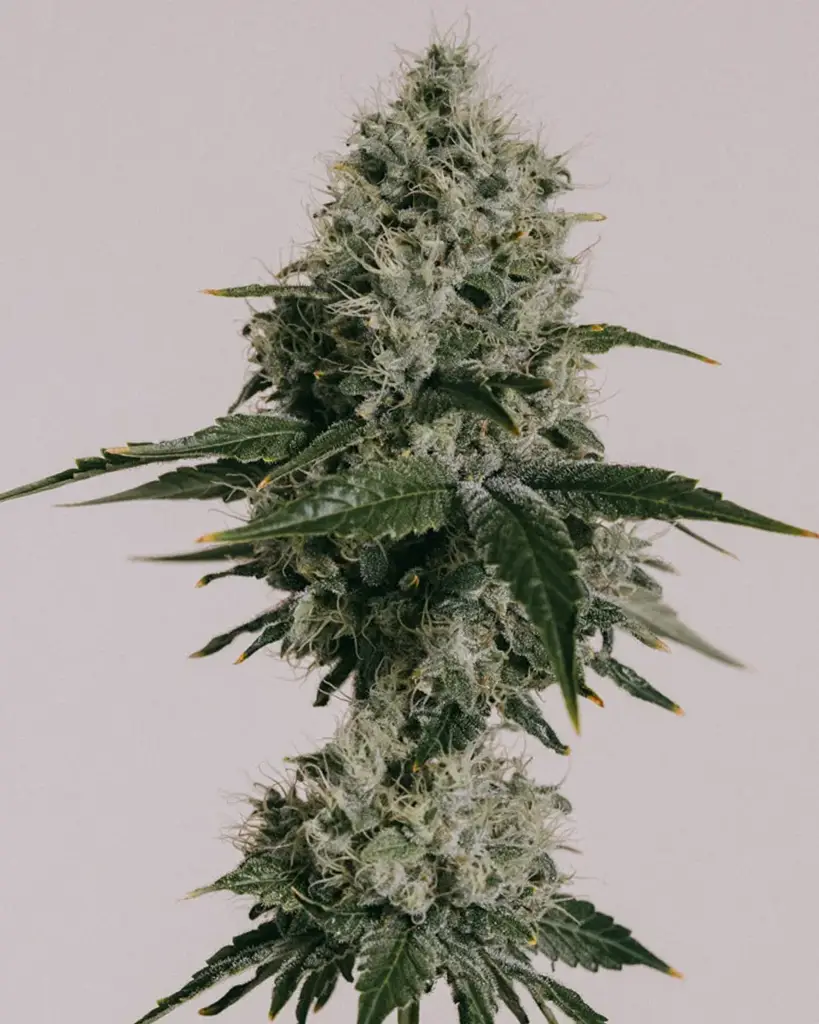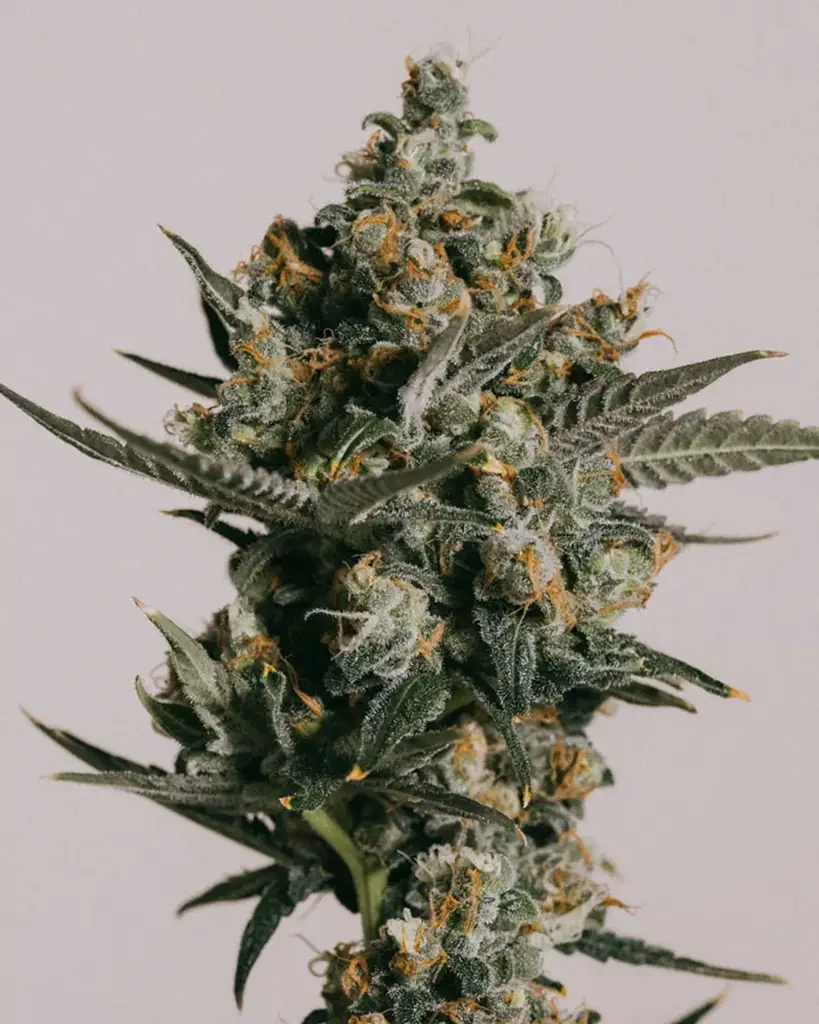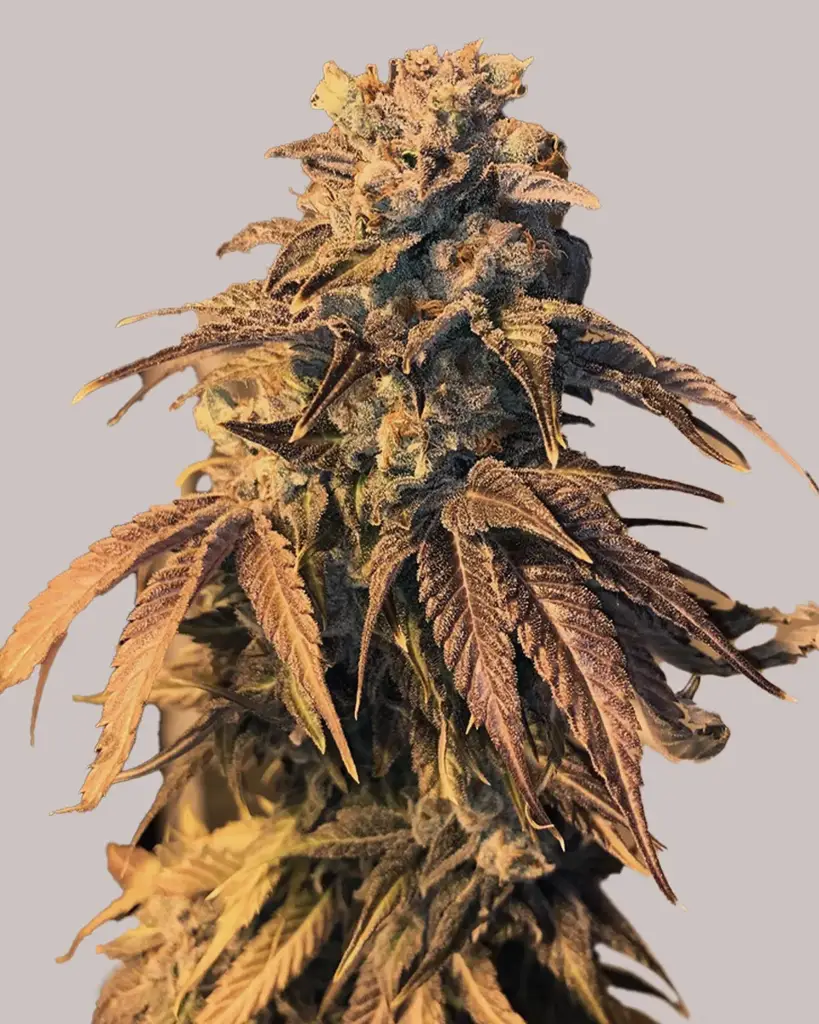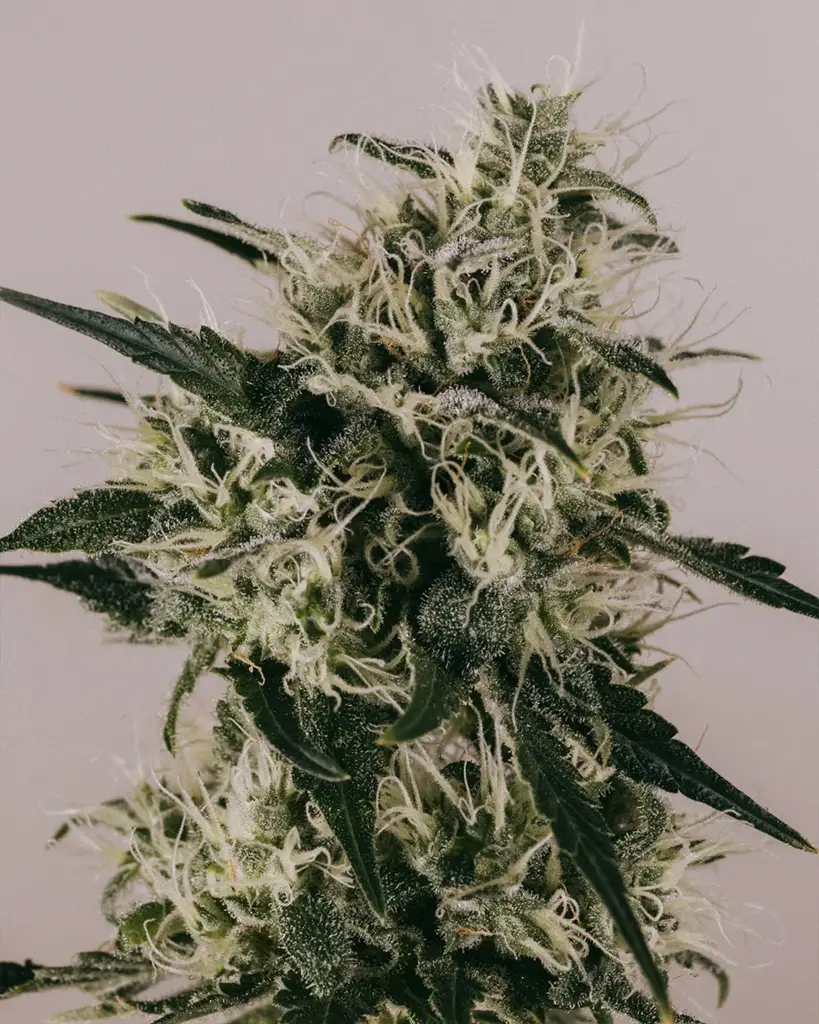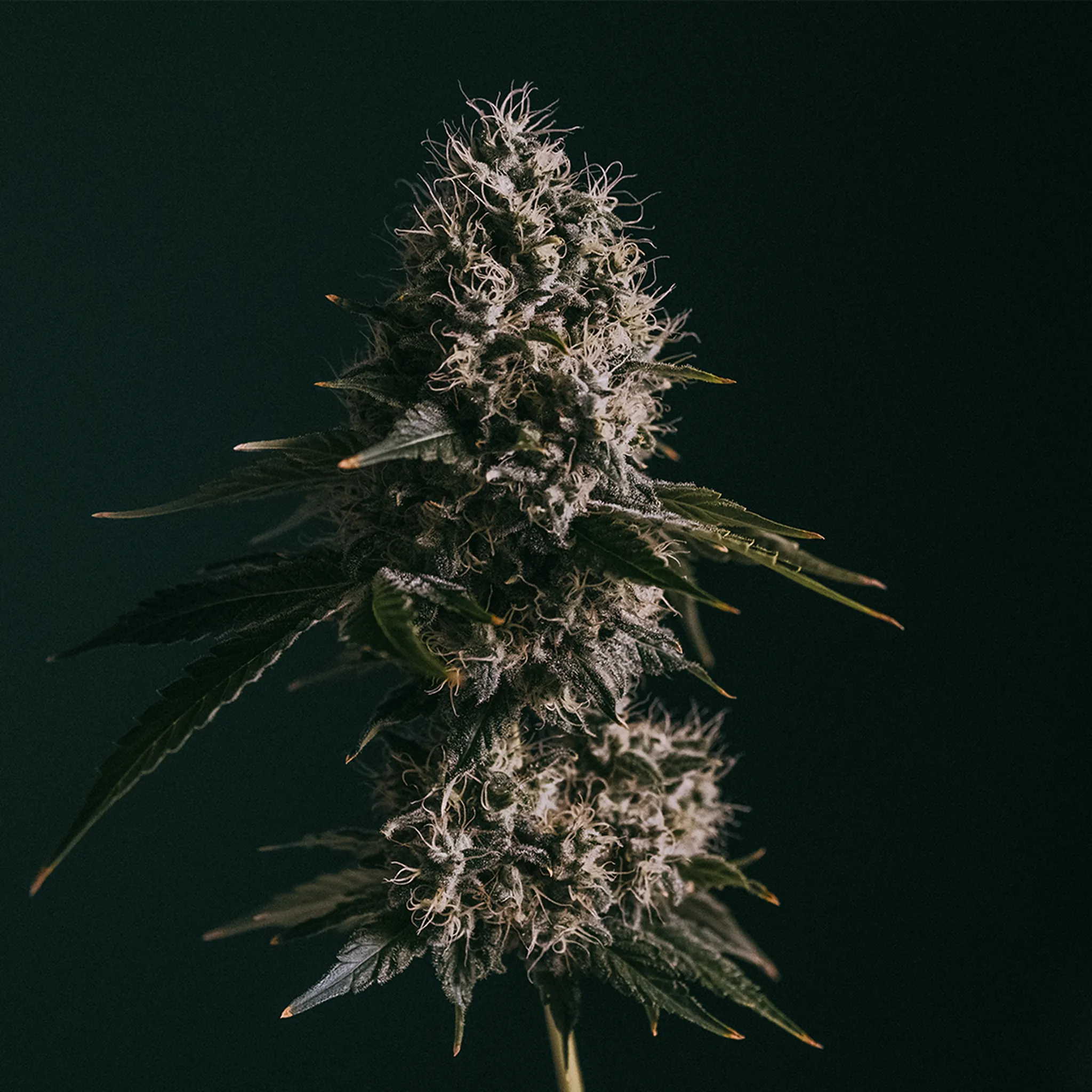
Outdoor Cannabis Grow Calendar
There’s nothing quite like growing cannabis out in the full sunlight and fresh air. Working with nature to cultivate your bud can be much more cost-effective, and when the sky is literally the limit, yields can be mind-blowing!
Table of contents
Since summer comes and goes differently depending on where you live, timing is crucial when growing outdoors. But don’t worry! We’ve got you covered with a North/South breakdown, as well as some more specific info on when you can expect plants to start flowering.
Our Bestsellers
Understanding The Cannabis Growing Season?

Growing outdoors means joining in with the rhythms of nature to help your plants start strong and stay healthy all the way until harvest.
If you want less hassle with outdoor growing success, start with feminized, autoflowering genetics. Unlike photoperiod plants, they flower with age instead of hours of sunlight, meaning you can worry less about timing and whether the harvest will be ready in time.
How Long Does The Vegetative Stage Last Outdoors?
You’ll have more weeks of outdoor veg the earlier in the year you can put your young plants outside. That, of course, depends on reliably warm soil temperatures (in the mid-70’s °F). If the weather’s warm enough for outdoor planting (or if you use a coldframe, tunnel or greenhouse to extend the season) before the spring equinox, you would be wise to put a light over them on a timer to simulate an earlier sunrise. This eases the plants into their vegetative rhythm.
When Does Flowering Start Outdoors?
Outdoors, flowering starts when the plants decide the time for breeding has arrived. We currently understand that cannabis plants respond to the change from “nights-getting-shorter” to “nights-getting-longer”. In human terms, we celebrate this switch as the First Day of Summer, a.k.a. the summer solstice, June 21st.
It takes a period of transition for us to see the effect of this change in outdoor-grown cannabis. Still, we can watch for individual flowers (aka “pre-flowers”) to form along the central stalk after the 4th node (intersection between side-branches and main stem).
How Long Is the Flowering Stage Outdoors?
The flowering stage will start around June 21st and last until fall. Some places will experience warm and dry enough for long grow seasons, others will be shorter. Your window for flowering outdoors typically lasts between 2 and 6 months, depending on your location and climate. If you live in an area with a short growing season, consider growing autoflowering or fast-flowering genetics. Autoflowers are great for beginners and short seasons, so they are the perfect trial run if you’ve never grown outdoors.
When to Harvest Outdoor Weed – 3 Quick Tips to Know It’s Time
First, make a note of the estimated flowering time for the seeds in your grow journal and keep an eye out for signs of maturity, including swelling flower bracts and yellowing leaves.
Watch your pistils: when about 75% of them have changed from white to orange or brown, you should start examining the trichomes.
Use a magnifying glass, jeweler's loupe, or handheld microscope to assess the color of your trichomes. They will change from clear >to milky/opaque >to amber. Peak THCA content (the ‘highest high’) is at the middle stage, so judge your harvest date based on the overall ratio of milky trichomes to the other two colors. Amber trichomes contain CBNA*, so if that’s what you’re looking for, you can let them go a little longer.
*It’s essentially ‘over-ripe’ THCA. Non-psychoactive, CBN has been linked to improved sleep, relaxation, and neuroprotection.
Time Your Outdoor Grow Season Like a Pro

You can build an effective outdoor grow schedule by combining your understanding of how cannabis thrives in optimal conditions with available information relating to soil temperatures, hours of daily sun exposure, expected onset of first fall frosts, and other environmental factors in your local area.
Key Growing Dates
If you live somewhere warm enough, you can sow your seeds when spring has sprung - in the northern hemisphere, that’s March 22nd. If, like me, you live in an area that can be cold in the spring, I suggest raising your plants indoors through germination, rooting, and young vegetative growth, providing 18 hours of light exposure each day in a warm, well-lit space. This provides the sense that summer has already begun, and it’s time to burst into life.
When harvesting season comes round it is humidity and cold weather that can stall and eventually stop growth of your plants altogether, so use the number of days between the solstice and your yearly predicted onset of frost to decide if you have plenty of time for photoperiod plants to finish, or if autoflowers are a better choice.
Ideally, you’ll be able to harvest by or around the fall equinox (Sept 22), to avoid late-season problems with cold nighttime temperatures and mold.
Outdoor Grow?
| Month(s) | What’s Happening | Things to Look Out For |
|---|---|---|
| March–April | Start seeds outdoor if weather permits and indoors under 18 hours of light. This gives plants a head start while outdoor temperatures are still cold. Prep your soil and containers for transplant. | Cold nights, frost risk, weak seedlings. Keep grow space warm (70–85°F). Use strong lights and proper ventilation. |
| May–June | Transplant outdoors once frost danger has passed (usually mid-May). Plants enter vigorous vegetative growth under long days. | Transplant shock, pests, nutrient deficiencies. Top and train plants. Separate males if growing regular seeds. |
| July–September | After the summer solstice (June 21), days shorten and flowering begins. Buds grow rapidly. | Bud rot, mold, pests, extreme heat or rain. Support heavy branches and inspect daily. Protect from critters. Adjust nutrients to support flowering. |
| October–November | Late bloom phase. Buds ripen and potency peaks. Harvest when the trichomes appear cloudy or amber. | Late bloom phase. Buds ripen and potency peaks. Harvest when the trichomes appear cloudy or amber. Cold snaps, rain, and mold. Flush plants 1–2 weeks before harvest. Don’t rush the chop. |
| December | Dry, cure, and trim your buds. Proper post-harvest steps boost flavor, potency, and smoothness. | Overdrying, mold. Maintain temperatures around 60°F and humidity levels near 60%. |
Regional Timing
Cannabis is a warm-weather annual that grows rapidly in the spring, matures during the hottest part of the summer, and dies in the fall. You need to know how ‘wide’ this window is (how many good growing days you have), specifically where you live, for your own outdoor grow to succeed.
Seek Local Agriculture Knowledge
Nearby universities often have Agricultural Extensions that provide valuable info for growers. If cannabis/hemp isn’t a plant they advise on, you can roughly estimate your growing season by checking out their recommendations for tomatoes.
Top-Tip: If you see shops selling gardening supplies, then you know you'd better start planting!.
Keeping a Grow Journal

Do yourself a big favor and make journaling a habit. It doesn’t have to be complicated, but these records are a valuable source of information for the current grow and will inform your decisions the next time around.
You can use apps, notebooks or wall calendars (or a combination) to track important events and changes in your garden.
These include:
Important dates: germination, transplantation, pruning, training, harvest
Daily - Yes/ No to watering (including rain) and feeding (how much, and of what type)
IPM treatments, and any observations of pest pressure
I also highly recommend taking photos of your plants at each stage. Save yourself thousands of words – these images will be your memory bank for how each plant developed
Tip: Name or number your plants, even if they’re all from the same seed pack. You’ll be able to notice any phenotypical variation (size and shape during the grow, flavor and effect post-harvest) and track any issues and their outcomes.
When to Harvest Outdoor Cannabis
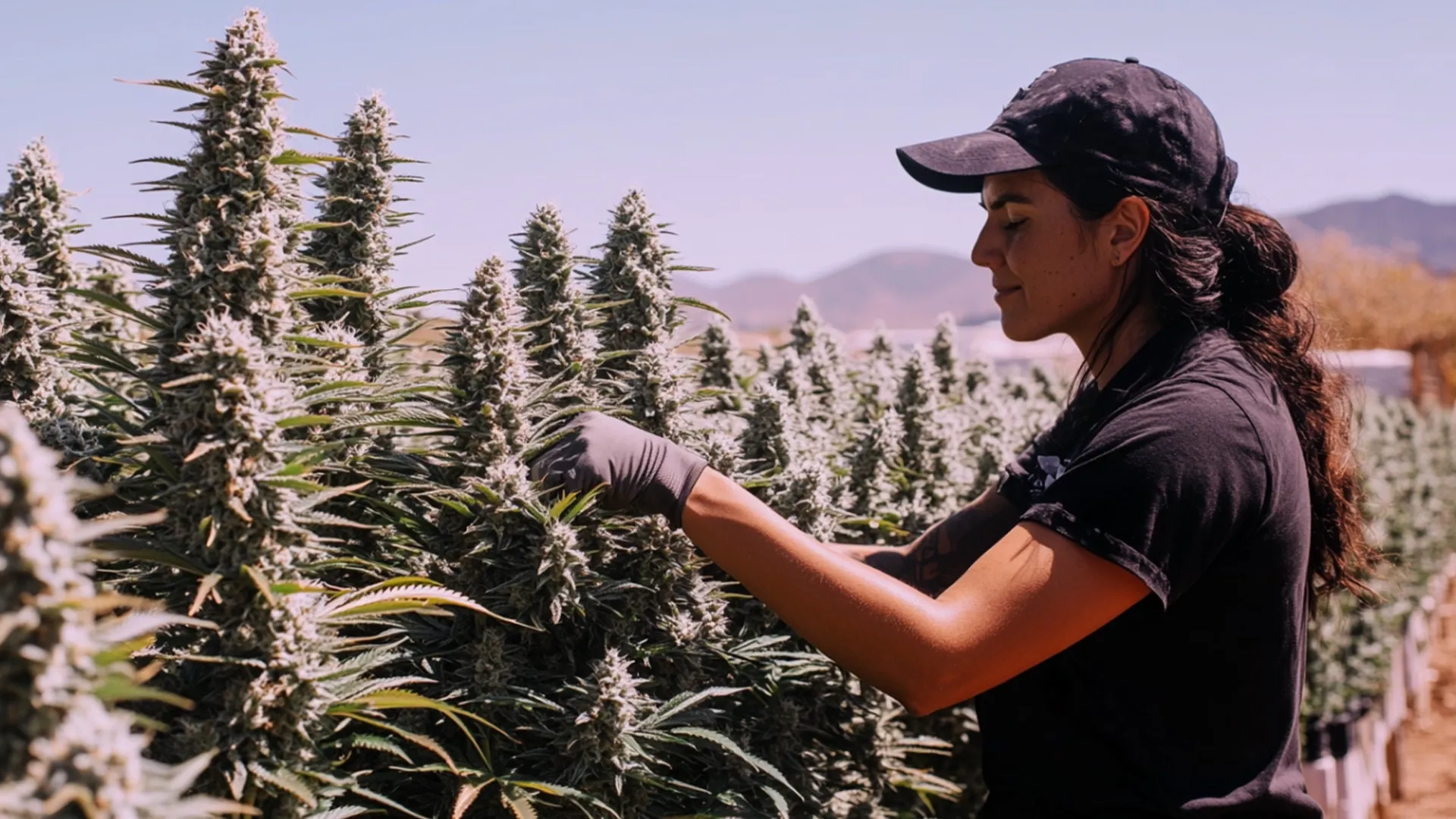
The best time to harvest outdoor cannabis is in the morning, just before dawn. This maximizes cannabinoid and terpene content in the trichomes. I find a headlamp can be helpful for focusing light on what I’m looking at, so I can make clean cuts and do quality control during the chop – inspecting for mold and caterpillar-damaged parts that are best removed before the plants get hung to dry.
The more moisture in your plant when it’s cut, the more you’ll have to dry it. Time your outdoor harvest for a day when it would be scheduled for watering, or a day or two after that, if no rain is expected.
For the same reason, avoid harvesting during or just after a rain or when it’s very foggy, if you can help it.
Pro Tips for Your Outdoor Grow
Germinate and Grow Indoors
Getting plants through the delicate early stages of growth is easier when you have more control over environmental conditions and cleanliness. Germinate and grow your plants into sturdy specimens that are growing rapidly, so they can handle life in the real world.
Sow and/or Move Outdoors
If you’re confident in growing other hot-weather-loving plants from seed outside, feel free to sow cannabis directly. Otherwise, move rooted seedlings outdoors over a period of 1-2 weeks, giving them a chance to “harden off” by getting a little more exposure each day.
Don’t forget to keep the indoor lighting schedule when you bring them inside (e.g. don’t set plants out for a few hours, then put ‘em in a dark garage until the next day).Top Your Plants
While they are still in vegetative growth, encourage side-branching and a broad, evenly-maturing canopy by topping and training your plants.
Prune and Clean Up
Keep the shape of your plants open by trimming off small branches that grow inward toward the main stem. Remove leaves sparingly, but make sure developing flowers aren’t being shaded for the whole day.
Always remove any damaged parts with a sharp, clean blade. Naturally aging leaves will drop off on their own, but you can help this process along in the final days before you plan to harvest.
Final Thoughts
Have fun growing cannabis outdoors! It’s a privilege to see how the plant relates with the rest of nature. You have the opportunity to build your feeling of inter-species connection by becoming more sensitive to the rhythm and flow of natural seasons where you live.
Until next time, may you and your garden keep growing together, ever higher!
FAQs
When Does Flowering Start Outdoors in Northern States?
In northern states, indications that summer is coming to a close are felt earlier, and flowering begins about halfway between the solstice and the start of fall (July, early August).
When Does Flowering Start Outdoors in Southern States?
In southern states, the typically hotter and drier weather favor a longer growing season. Cannabis starts naturally flowering in late summer, closer to the autumnal equinox – when strong light is down to 13 hrs per day.
When Does Flowering Start Outdoors in New York?
Natural flowering generally starts in late June or early July in New York. Upstate growers typically have a shorter window between the start of flowering and the onset of fall.
When Does Flowering Start Outdoors in Massachusetts?
Expect natural flowering in mid- to late-July, depending on how sunny and hot the summer’s going and where you are in the state.
When Does Flowering Start Outdoors in Virginia?
Late July to early August, expect to see signs of flowering. Keep an eye on humidity as the season progresses, because although the temperatures are good for flowering, they can also encourage mold growth.
When Does Flowering Start Outdoors in Michigan?
Generally, sometime in mid- to late-July, earlier in the Lower Peninsula than the Upper Peninsula. The more northern you live, the tighter your flowering window before the chill of autumn arrives.

Xavier Kief
Xavier Kief, a fierce cannabis advocate & educator, merges science & joy in cultivation. Expert in regenerative growing, mycology & activism
Continue Reading
You might also find these interesting.



